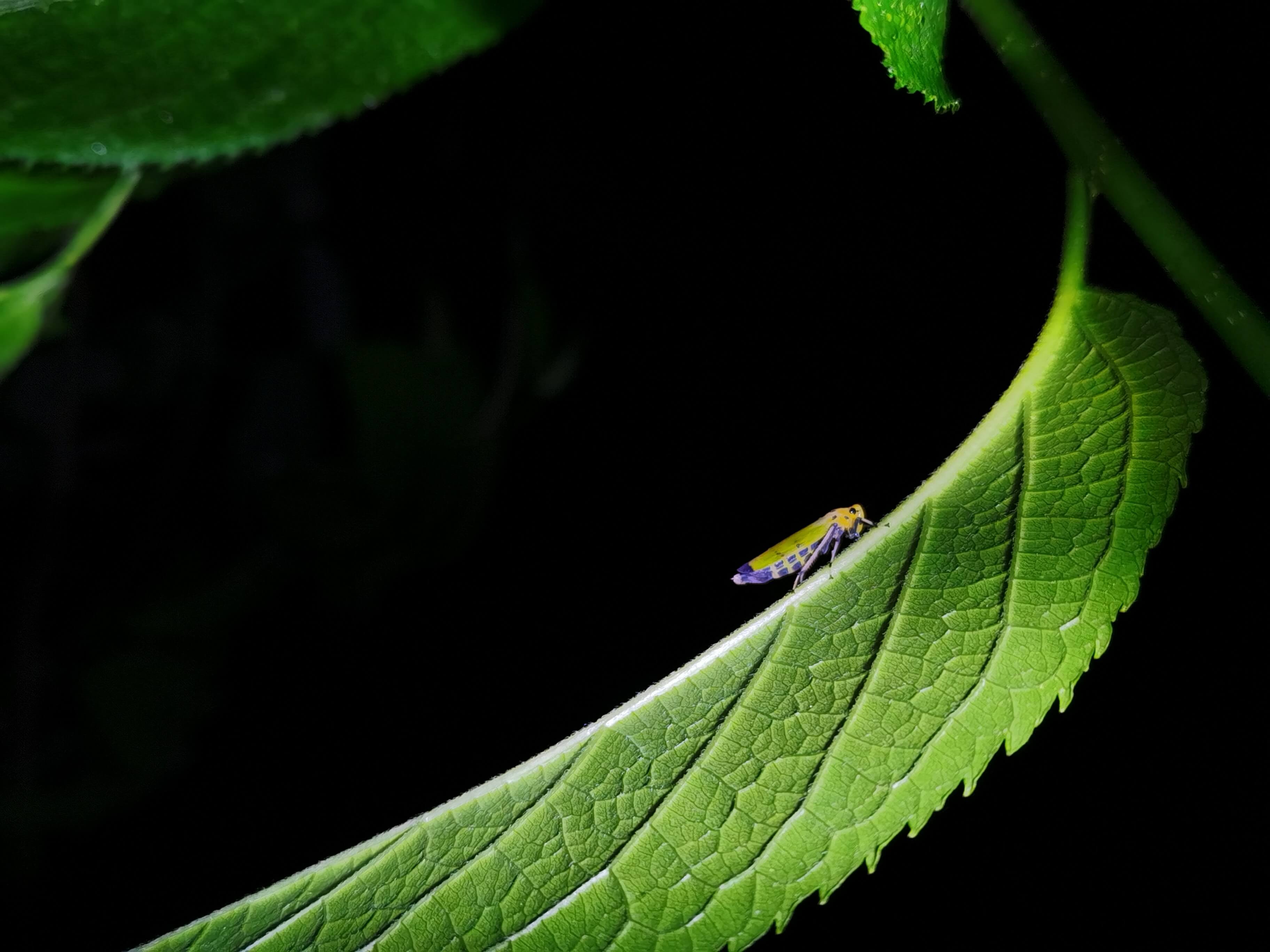

Insect Genomics and Bioinformatics. ZJU


Insect Genomics and Bioinformatics. ZJU
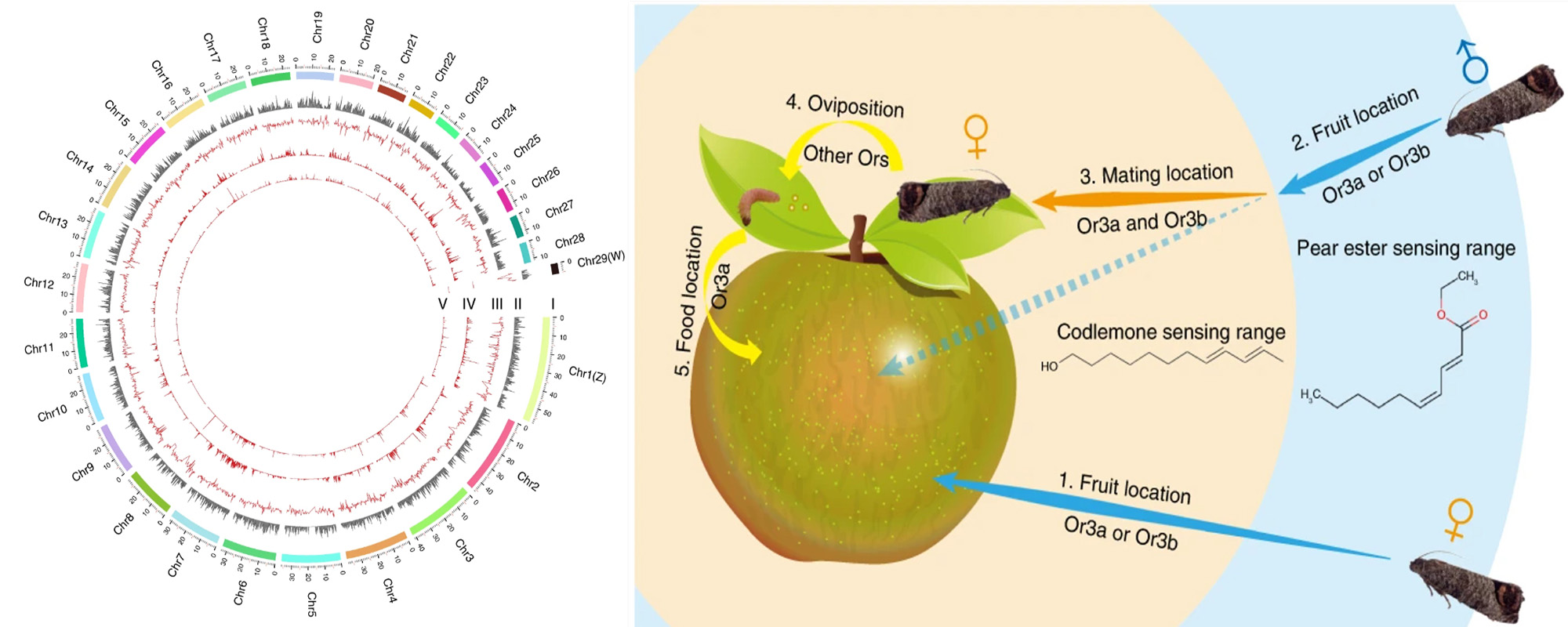
Employing bioinformatics and molecular biology techniques, we have undertaken genomic analyses of several pests affecting rice at the chromosome level, including the borer and rice planthopper. We've also investigated the genomes of invasive pests such as Cydia pomonella, Phenacoccus solenopsis, and Harmonia axyridis. Our investigations have unveiled the genetic traits inherent in these pests that facilitate their infestation, as well as the genomic basis of their adaptive evolution. Our findings have been featured in esteemed publications including Nature Communications, Molecular Ecology Resources, BMC Biology, and BMC Genomies. Additionally, we have received invitations to contribute reviews to Molecular Biology and other reputable journals.
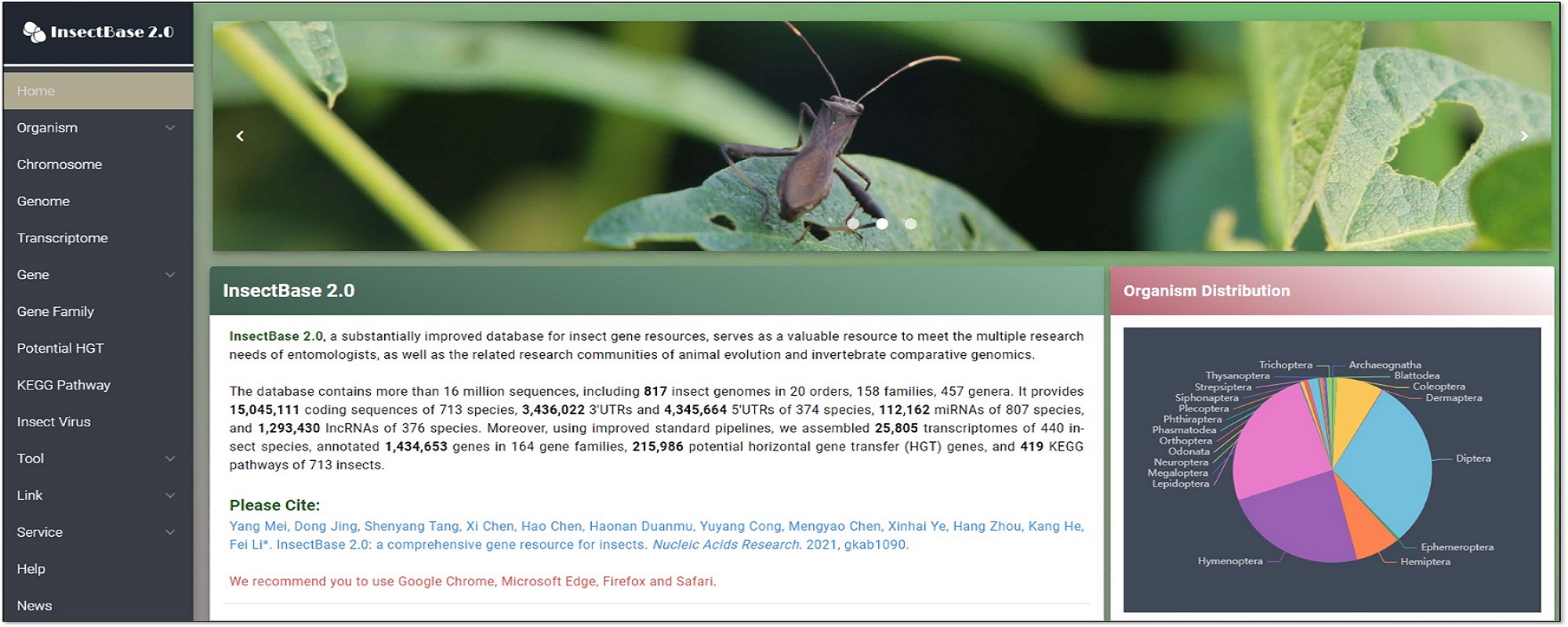
By leveraging multi-omics data in entomology and advanced big data analytics, we've established a robust genetic analysis platform, InsectBase, which is the most extensive, comprehensive, and standardized data platform in the field of entomology , providing valuable resources for research in various fields of entomology.Concurrently, we have developed and amalgamated various genomic databases, including miR+Pathway, WaspBaseChiloDB, and iPathDB. Additionally, we've devised pertinent algorithms and computational workflows to fortify this platform. This infrastructure offers formidable technological backing for entomological research in the post-genomic epoch. Our findings have been disseminated in esteemed journals such as Nucleic Acids Research, Briefings in Bioinformatics and Bioinformatics.
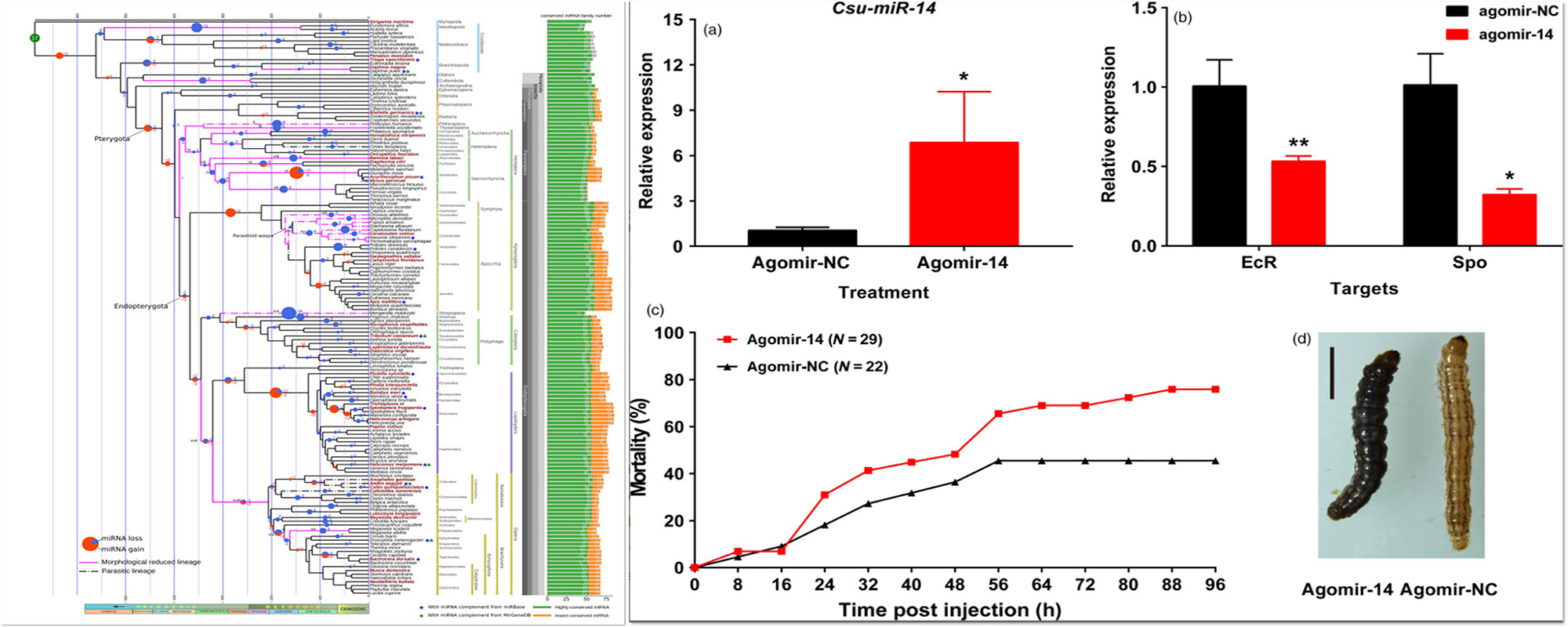
Non-coding RNAs play important regulatory functions at epigenetic and transcriptional levels. Our group has long been focusing on the rice screwworm and rice fly group as the research object, and is committed to digging out the key regulatory genes from the histological big data, and exploring the application prospect of microRNAs and other non-coding RNAs in the metamorphosis development, super-typical differentiation, and reproduction regulation through the study of the function of microRNAs and other RMAs in the green pest control, and the related research has been published in Nature communications, Plant Biotechnology Journal, PloS Genetics, RNA Biology, Genome Biology Evolution.
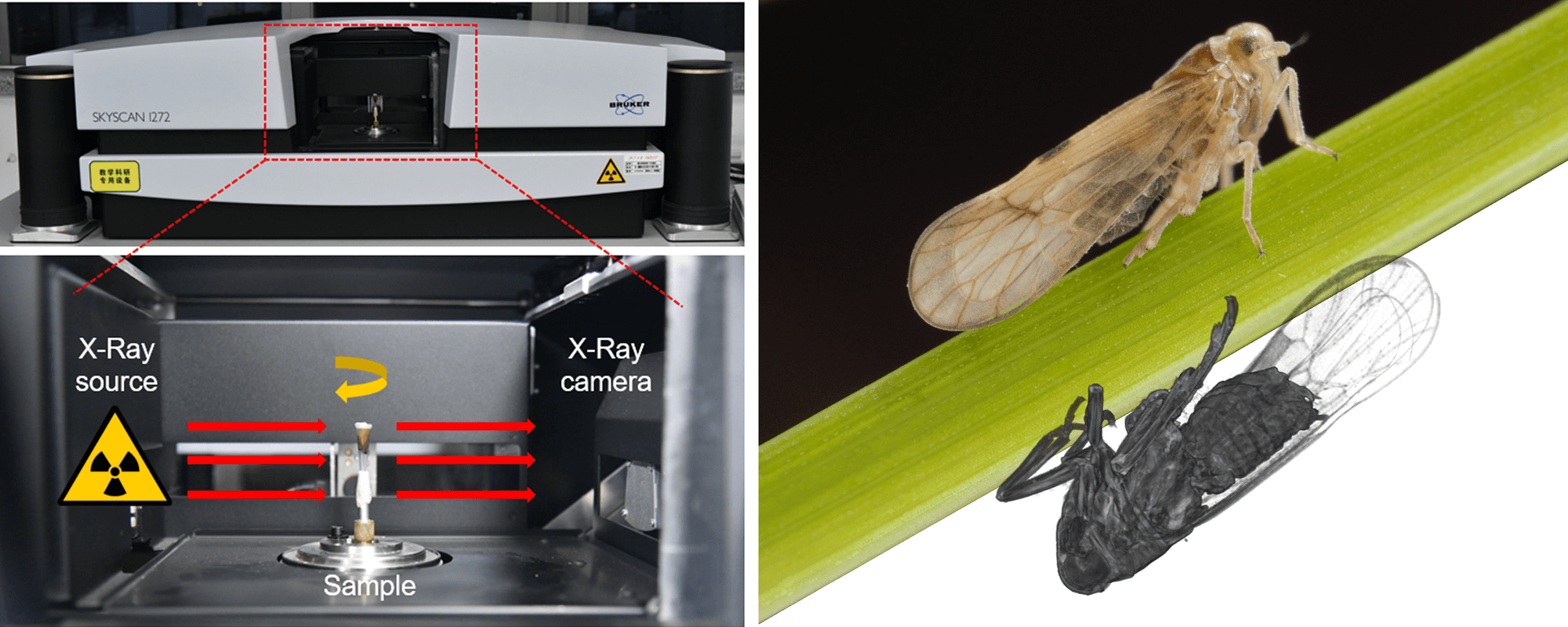
Micro CT, as a mature imaging technique, has found widespread applications across various scientific disciplines. Its primary advantage lies in the ability to monitor internal structures of objects with resolutions as fine as several hundred nanometers while preserving the original morphology of the specimens. Our Lab has developed a process for reconstructing internal models of insects using Micro CT. This process has been successfully employed to construct three-dimensional models of the central nervous system, muscle tissues, digestive tract, and reproductive system within the brown planthopper. Furthermore, this method can be integrated with genetic mutation studies, allowing for precise quantitative analysis of morphological changes and providing richer phenotypic information for insect development.
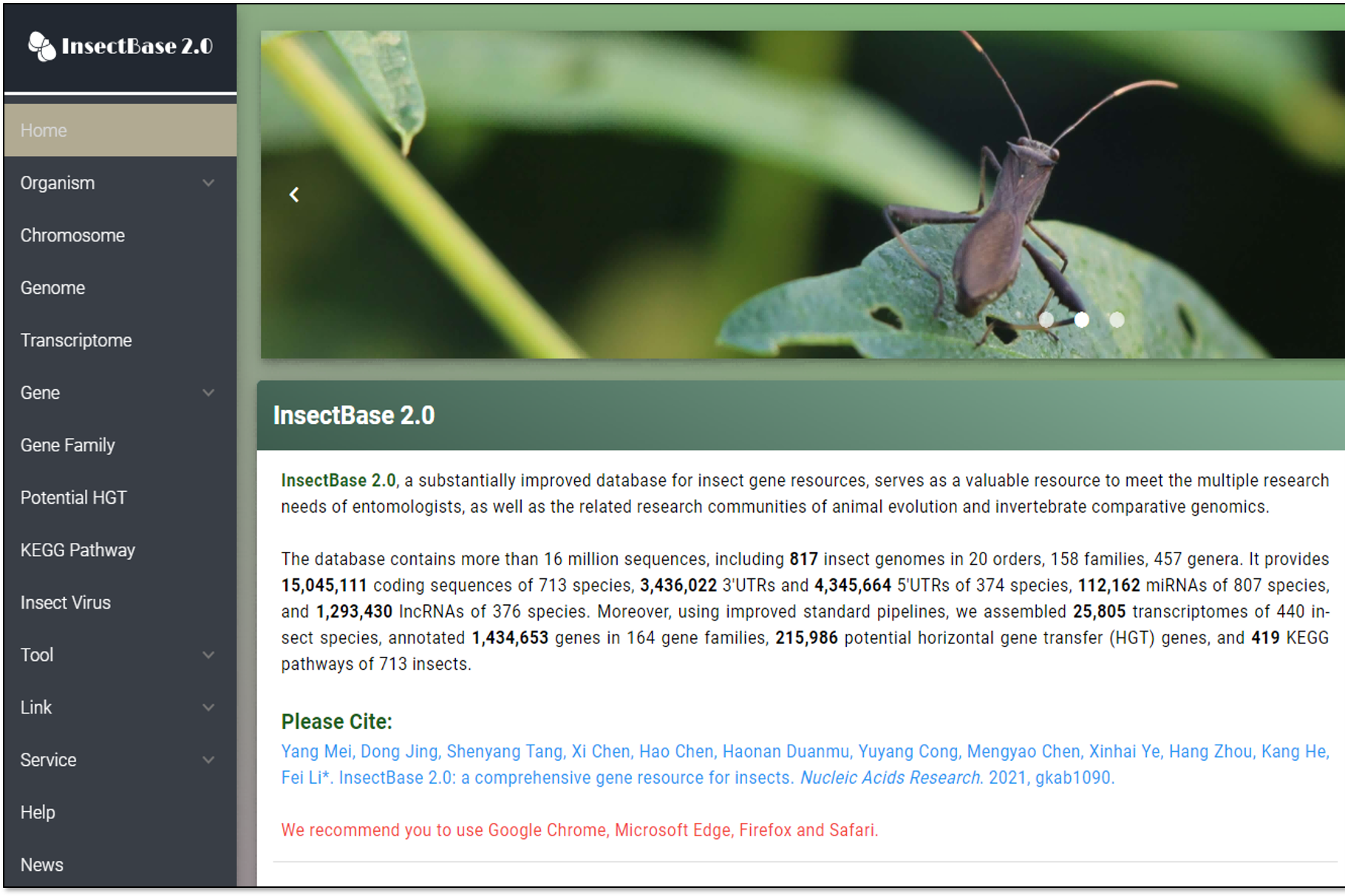
InsectBase comprises genomes, transcriptomes, and protein-coding genes, miRNA, lncRNA, etc., of 817 insect species. It offers a variety of online bioinformatics analysis tools, significantly advancing insect genomics. The related achievements have been published in Nucleic Acids Research. It has garnered over 600,000 visits from more than 150 countries and is recognized among peers as one of the top five insect databases.
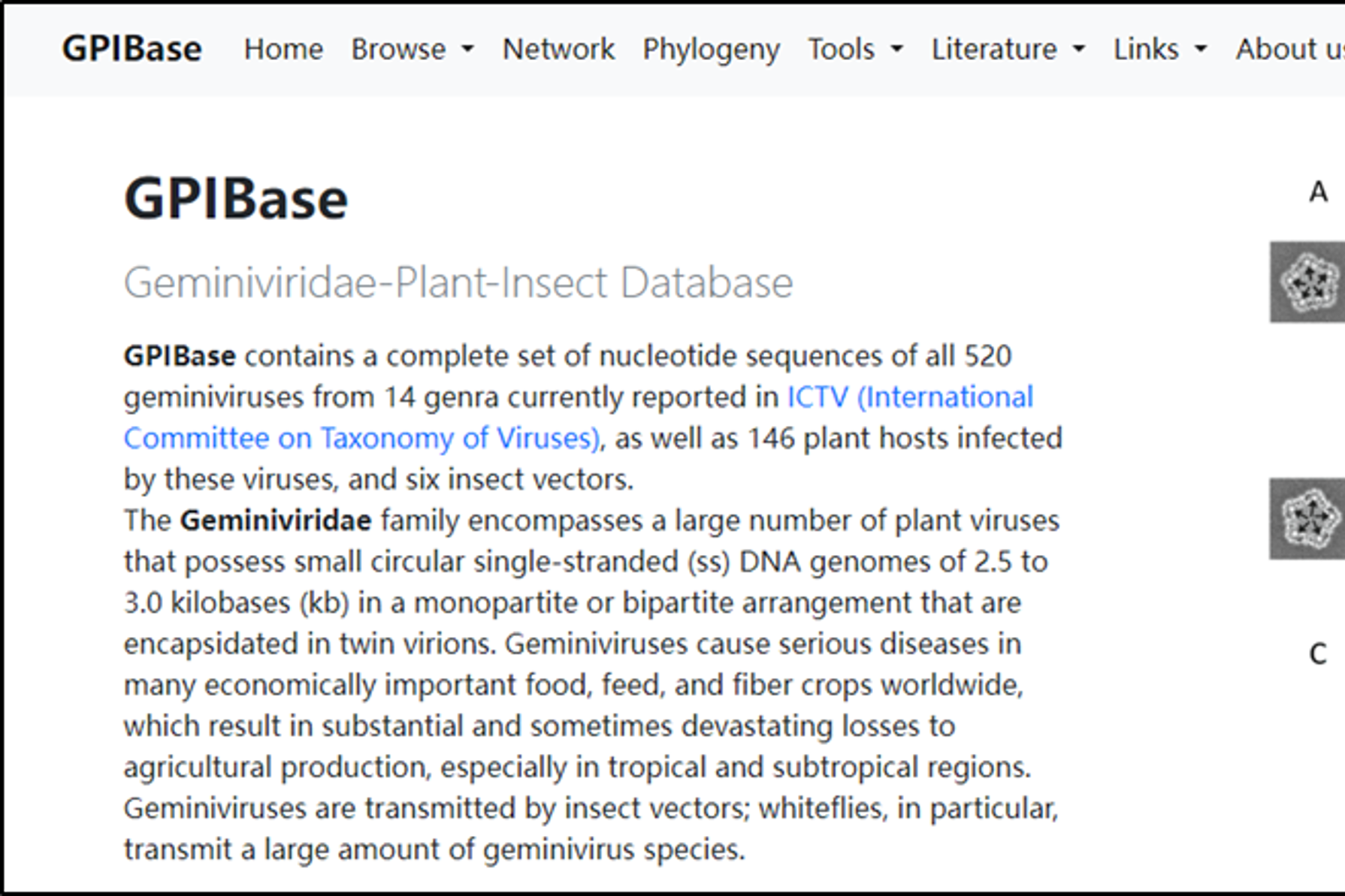
GPIBase contains a complete set of nucleotide sequences of all 520geminiviruses from 14 genra currently reported in ICTV (InternationalCommittee on Taxonomy of Viruses), as well as 146 plant hosts infectedby-these viruses, and six insect vectors.The Geminiviridae family encompasses a large number of plant virusesthat possess small circular single-stranded (ss) DNA genomes of 2.5 to3.0 kilobases(kb)in a monopartite or bipartite arrangement that areencapsidated in twin virions.
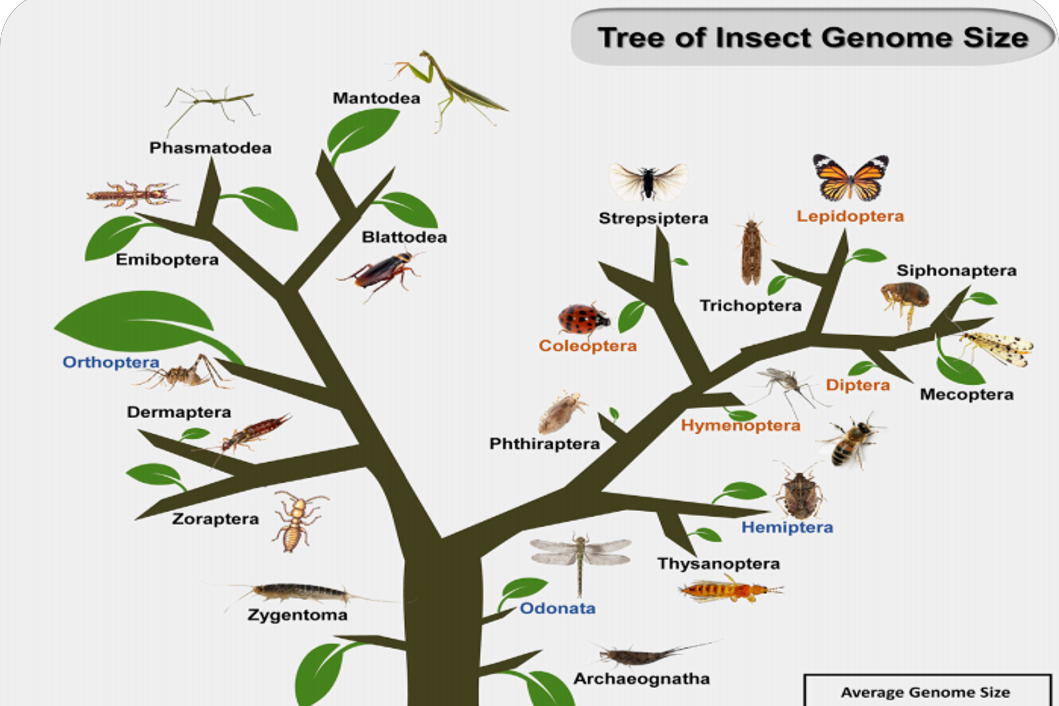
The study systematically elucidated the patterns of genome size variation and evolutionary modes in existing insect orders. The findings hold significant importance for a deeper understanding of the evolution of species genome size. The research collected and curated genome size data for 1,326 insect species, spanning 21 orders, 155 families, and 700 genera. The results revealed that the ancestral genome size of insects was approximately 1 Gb.
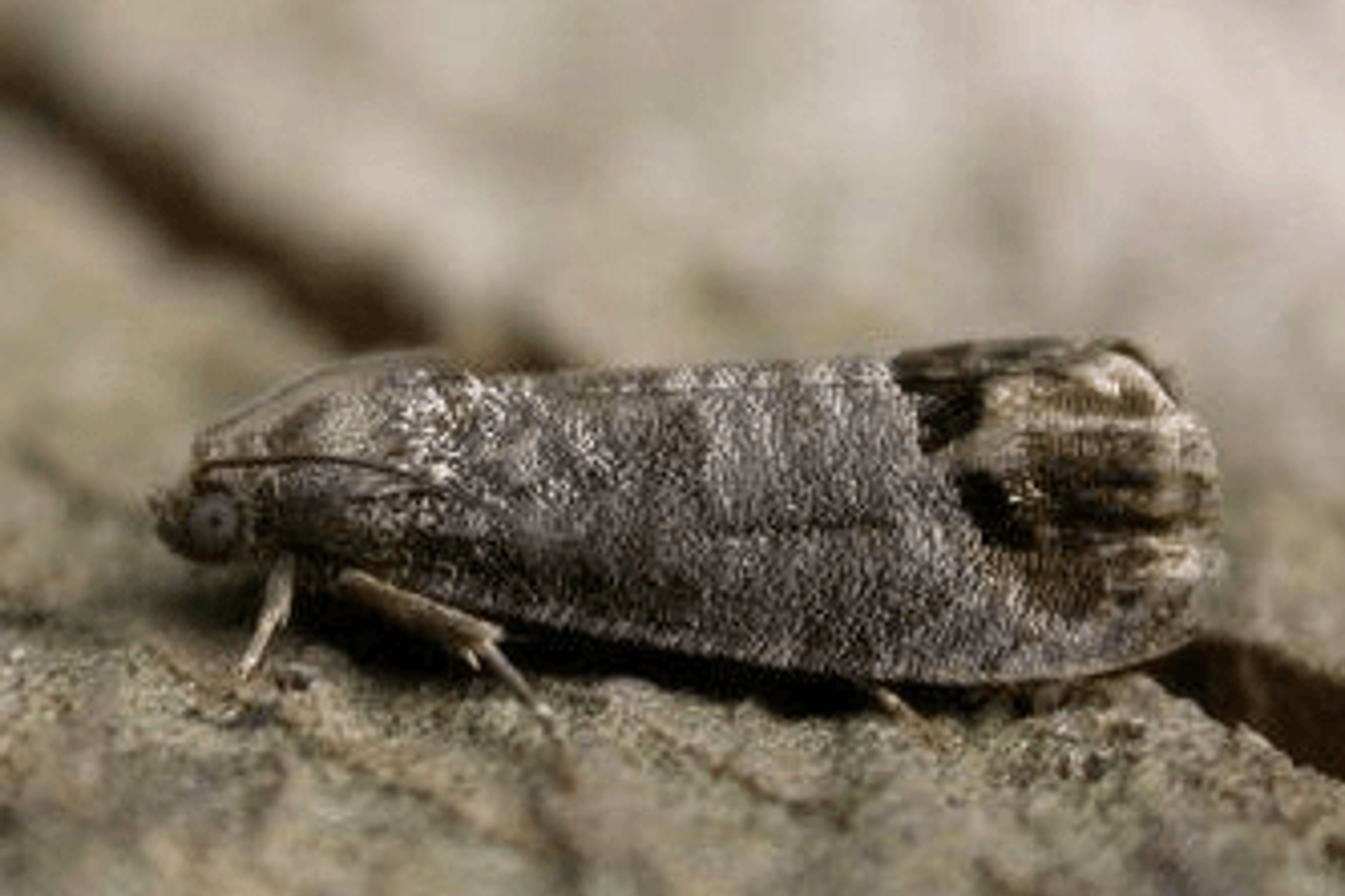
Genomic analysis of five important invasive pests revealed that amplification of environmental adaptation-related gene families, such as P450 and OR, is an important genetic basis for the high environmental adaptability of most invasive pests."The OR3 gene of the apple borer experienced two gene amplifications, enabling it to simultaneously detect sex pheromones and pear esters. This adaptation facilitates the rapid search for females and food sources in newly invaded areas, serving as a crucial mechanism for swift colonization and population expansion."